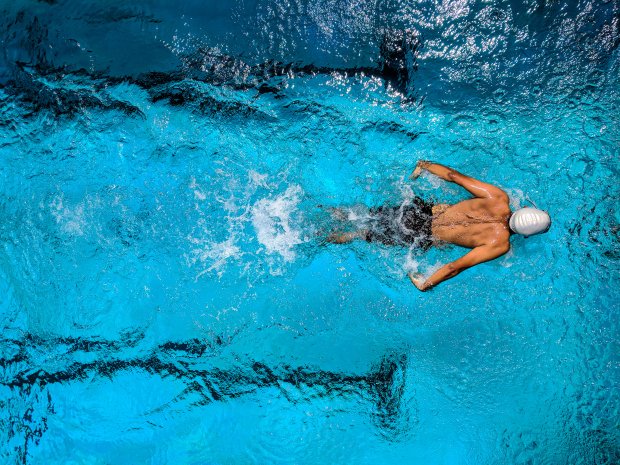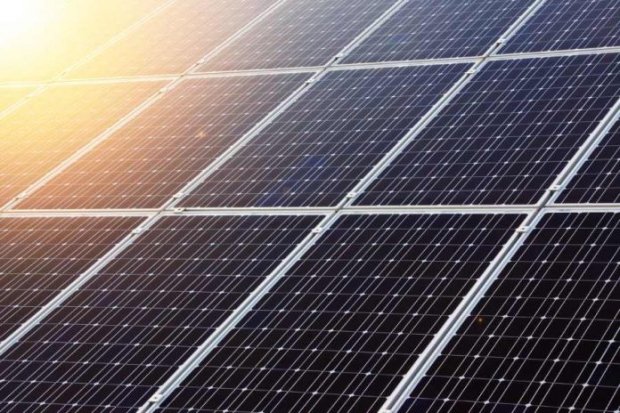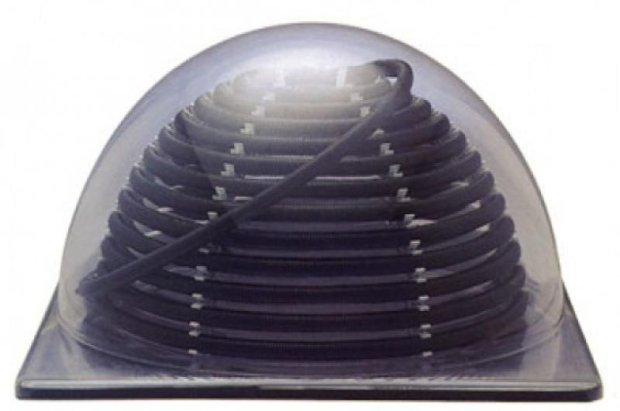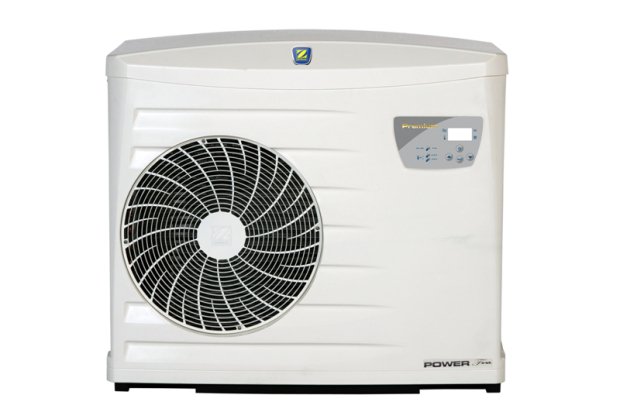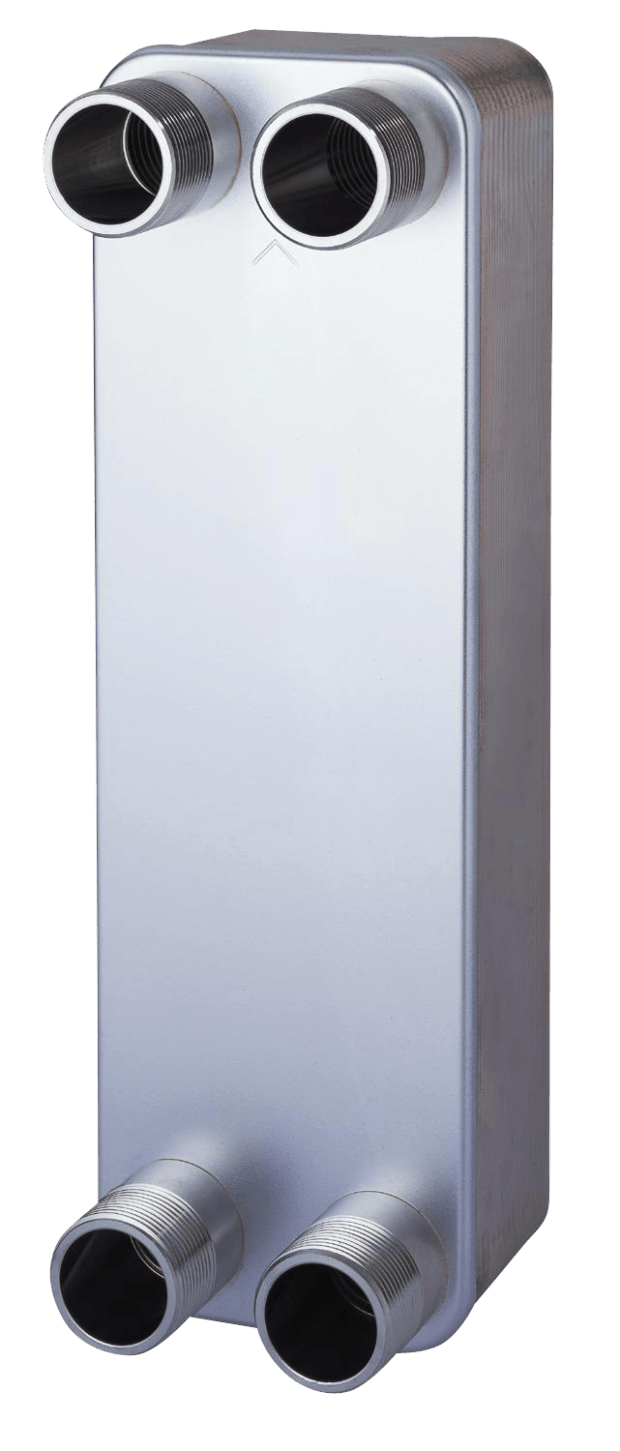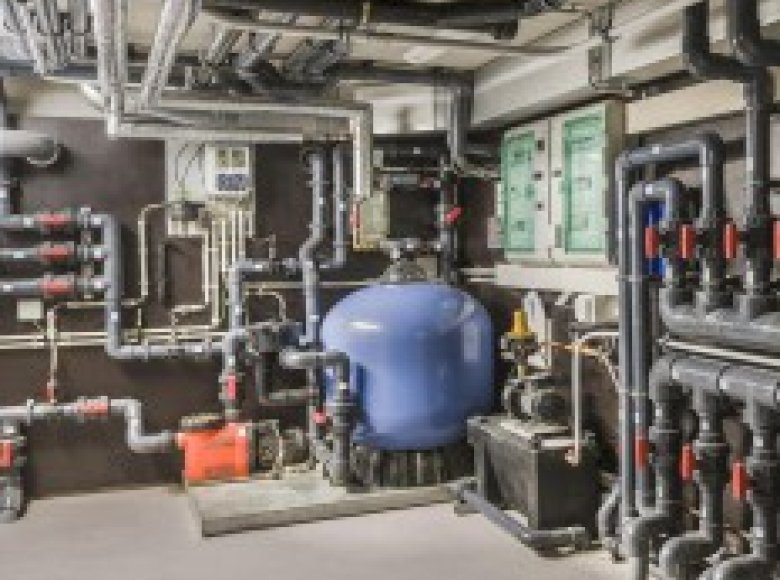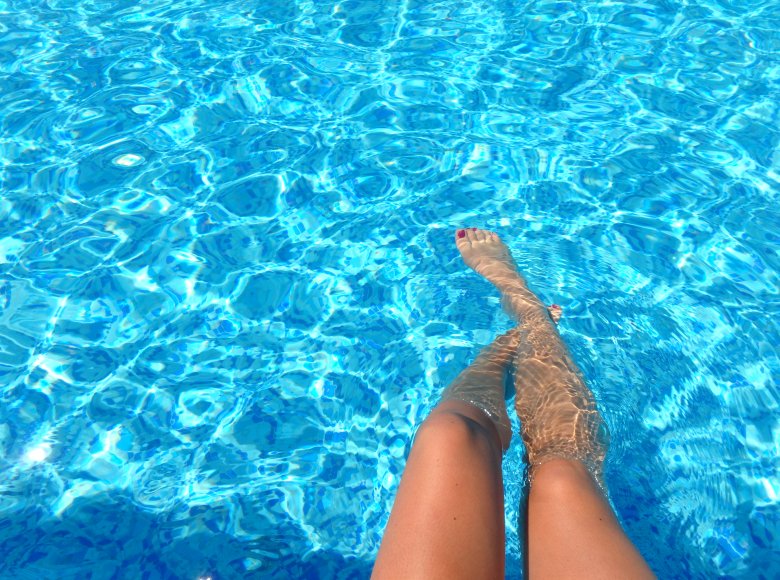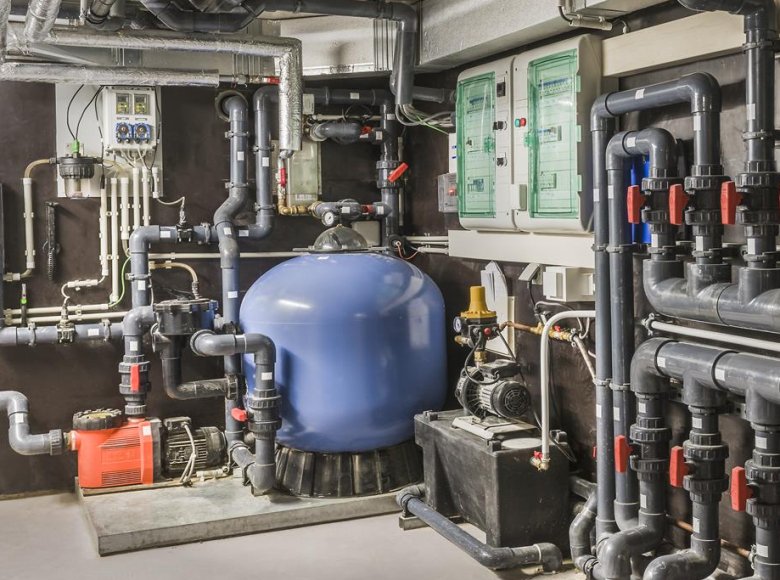f the water in your swimming pool is too cold, then you probably will not swim in it. If you want to enjoy your pool not only on sunny days, then you are best advised to choose an efficient pool heating system.
Without heating, the pool water will not get any warmer than 22 °C, or perhaps 25 °C on very hot days. Sports swimmers like to swim in pool water that is at least 26 °C. Most pools are even heated to 29 or 30 °C.
Moreover, pool heating allows you to extend your swimming season. Without heating, you can only swim during the summer months, from the end of May until the end of August. With heating, you can easily swim for up to 4 months longer, from April until the end of October. With some systems, you can even swim the whole year round.


